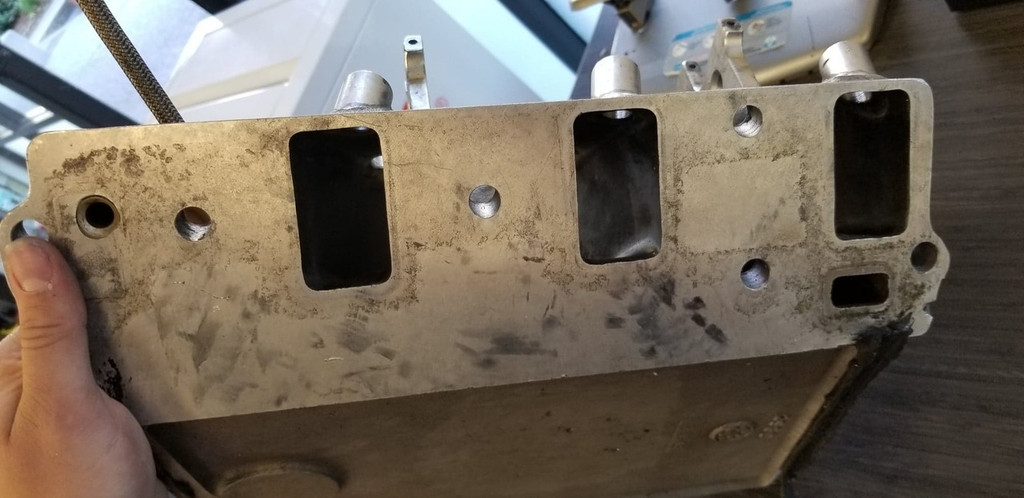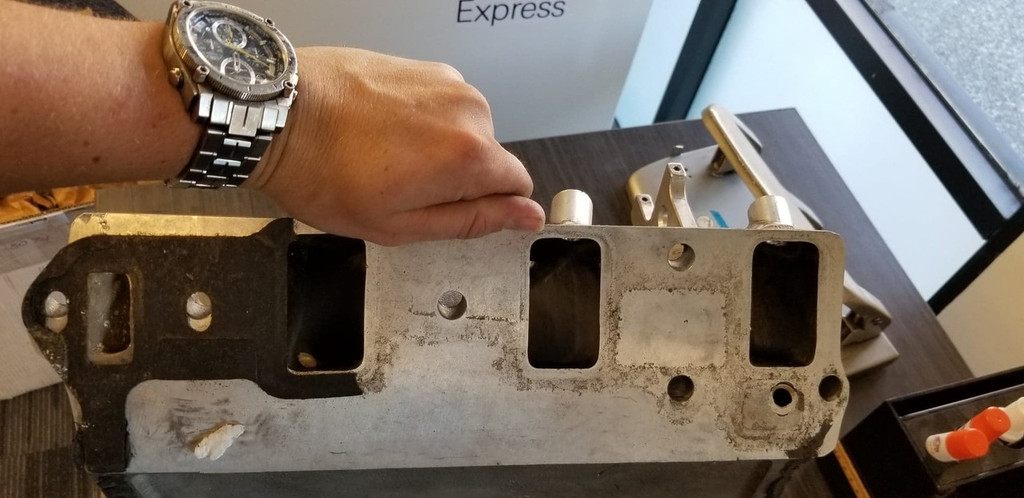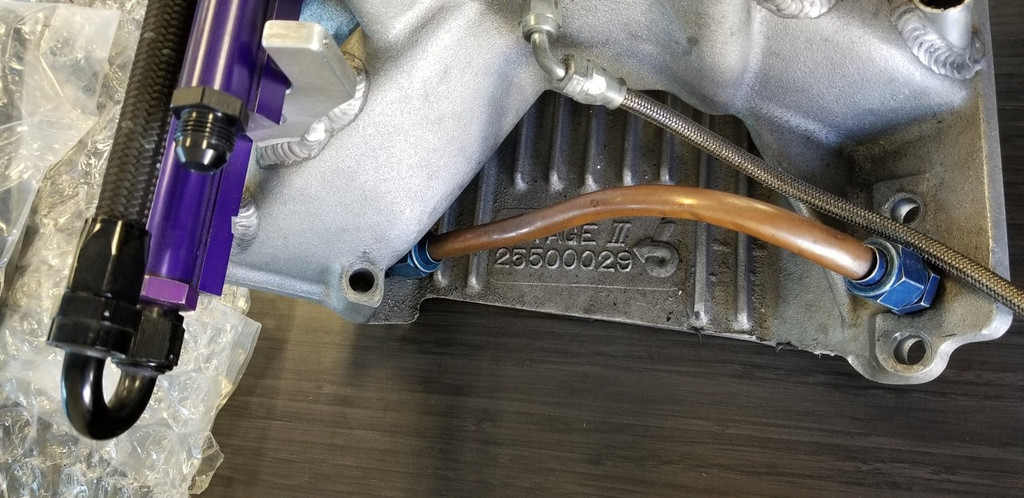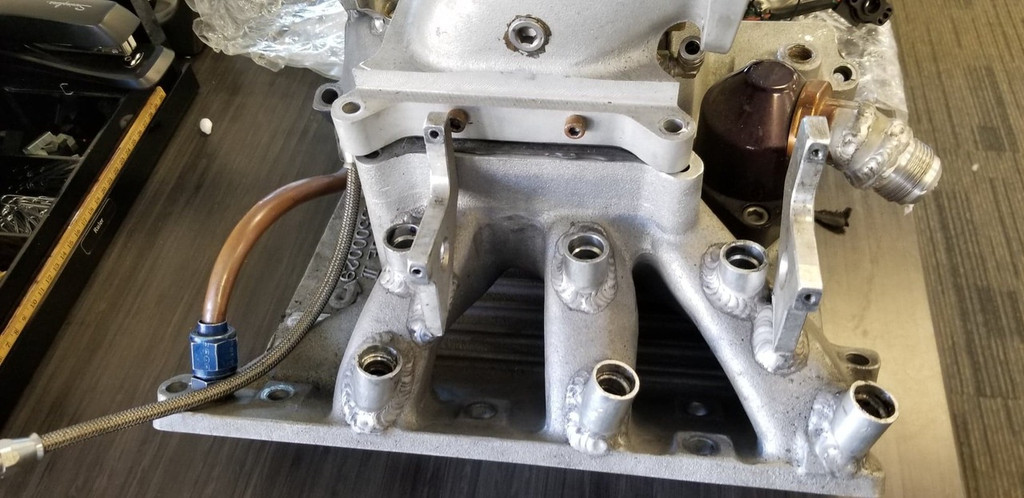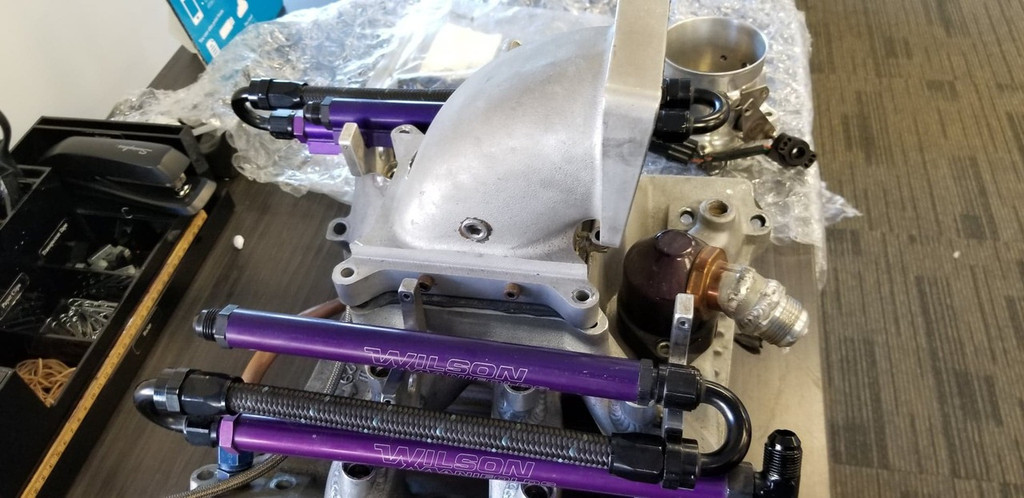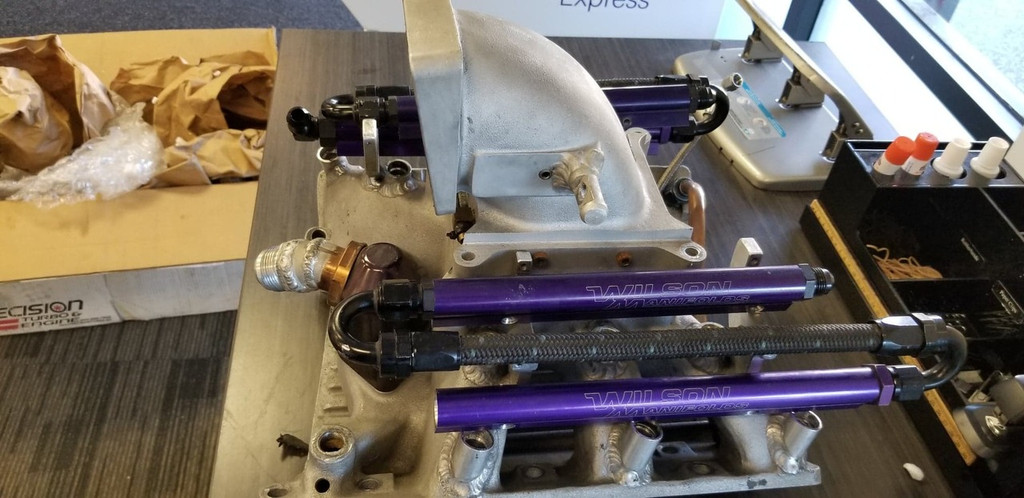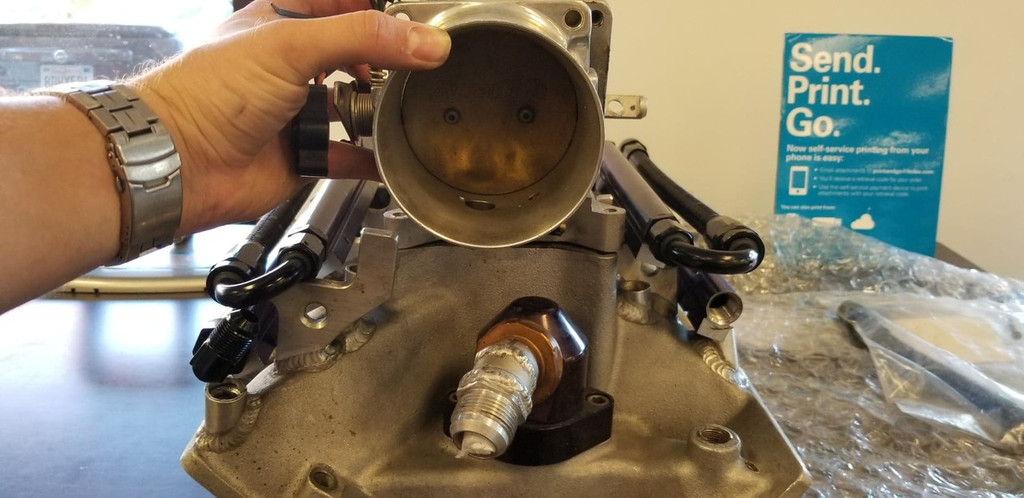article is good! its just my "old" mind that takes a while to comprehend the info, the suggested cost would be helpful when trying to determine a turbo choice, some of us "seniors" have to decide if its meds, or buick parts from our social security checks.
Thank you for the feedback!
If there is
anything in the article that you would like me to explain further, or perhaps formulate an alternate analogy for, please let me know. The whole point of this article was to try and explain a somewhat technical issue in terms that your average person who has never read about this, can understand. If there are parts of the article that you still do not understand, please let me know and I will do my best to try to explain them in a way you can comprehend.
1)As far as nomenclature.. when you say flank-milled wheels are you referring to the more common MFS term, machined-from-solid that is used by some? 2) And top-of-the-line fully-machined billet wheels and entry level MFS or flank-milled billet wheels are both made from the same billet stock but the entry level billet wheels are machined in a simpler less time-consuming mass production type of way... thus less complex wheels with less features?
3) A good question is how many more features are there in an entry level billet wheel vs a cast wheel? 4) Are some manufacturers entry level billet wheels just a copy of cast wheels while others throw in some extra features? For example...Garrett's entry level turbos are cast wheels, Precision's are MFS billet.... the Work entry level one's are billet but don't explicitly say more than that to differentiate from the higher level billet ones.
Before I get into my response, I went back into your post I quoted and numbered your questions and put the number of each question in bold, underlined, and in red color writing. I will address each question
So my response may be a bit confusing, so I am going to try to be as clear and concise as I can, although these questions have answers that may get convoluted...and I know that I tend to ramble and write really long posts, so I will try to make a "Cliffnotes" section when I am done.
1) Cliffnotes for Question 1) :
*MFS is the same as flank-milled
*Depending on who the manufacturer is, a MFS wheel can be a high performance wheel, or an economical/budget wheel
*For us Buick guys, when a company says their wheel is a MFS wheel, basically EVERYONE EXCEPT PTE means that the wheel is a flank-milled, most likely 2618-billet-aluminum, wheel, and uses all or most of the advanced design features I listed in my article. When PTE says their wheel is a MFS wheel it means it is NOT a 2618 aluminum wheel, and does not have all the advanced design features I listed in my article.
*It is common for manufacturers to have multiple types of flank-milled wheels for any given size. This means you could have
some flank-milled wheels made from 2618 aluminum and be very high performance, and some flank-milled wheels be a company's "economical/budget" wheels (like PTE's MFS-labeled turbos).
Complete Answer for Question 1) :
Yes. In every instance that I have personally seen, whenever the manufacturer refers to a wheel as a "MFS" wheel, it is a flank-milled, billet wheel. MFS is just another way to say "flank-milled". The quality of a MFS wheel changes from manufacturer to manufacturer, which is why it is important to be able to look for the design characteristics I listed in the article.
Please keep in mind that each company is different, and what one company's MFS product consists of, may not be the same for the rest. I can say that for companies like WORK, Garrett, Borg Warner, MP Turbos, and KTS, when they refer to a MFS wheel it simply means a flank-milled wheel, which is most likely made from billet 2618 aluminum. So just because you see MFS it does not mean that it is a lower-quality part, you have to take into account who the manufacturer is and what they consider a MFS wheel to be. Please note that companies like KTS, BW, WORK, etc have multiple MFS aka flank-milled wheel options, so the high performance MFS wheels typically use 2618 aluminum, but the economical / budget wheels that are flank-milled will not use 2618 aluminum, as these wheels are designed to be budget-build turbos and have a lower price point at the center of their design.
An example of the different levels of flank-milled wheels in a company's turbos would be Borg Warner; they have their SX, SXE, and EFR wheels. The SX, SXE, and EFR wheels are all hybrid-flank/point-milled wheels, but the SX wheels do not have as many aerodynamic features used on the wheel as compared with the SXE wheels. Same goes for the SXE wheels when compared to the EFR; the SXE wheels are not as high-performance as the EFR wheels (to be fair, the EFR wheels are the pinnacle of what Borg Warner has to offer, and the SXE wheels are absolutely amazing wheels that make STUPID power!) A SX wheel will make less power than a SXE wheel of the same size. A SXE wheel will make less power than an EFR wheel.
For instance, companies like PTE have MFS-wheeled turbos, which are made from a different grade aluminum and NOT made from 2618. Those are the economical "Entry Level" turbos that do not use all of the design features I listed in my article. The reduction in performance and material quality is reflected in the price point of these turbos, as these are more economically-priced turbochargers.
Here is an example of a "MFS"-wheeled turbo from Precision:
https://www.precisionturbo.net/turb...ails/Entry-Level-Turbocharger---5931E-MFS/524
To put it simply for us Buick folk, when you see "MFS" for the turbo wheel type, if it is talking about a PTE turbo, it is their economical, budget-friendly turbos that are not ideal for higher performance engines and cars. When you see MFS from Garrett, MP Turbo, Comp, WORK, or Borg Warner, it just means it is a flank-milled wheel, but it most likely has all the aerodynamic design features that I listed in my article, used on the wheel.
I WILL ANSWER QUESTIONS 2, 3 AND 4 IN MY NEXT FEW POSTS....
IF YOU GUYS THINK I SHOULD ADD THESE ANSWERS TO YOUR QUESTIONS INTO MY ARTICLE TO HELP CLARIFY THINGS, PLEASE LET ME KNOW AND I WILL EDIT MY ARTICLE AND ADD A SECTION AT THE END OF IT, KINDA LIKE A "FAQ" OR "COMMONLY ASKED QUESTIONS" PART OF IT TO HELP OTHER PEOPLE THAT YOU THINK MIGHT HAVE THE SAME QUESTIONS....PLEASE LET ME KNOW IF YOU THINK THIS WOULD BE A GOOD IDEA!!
